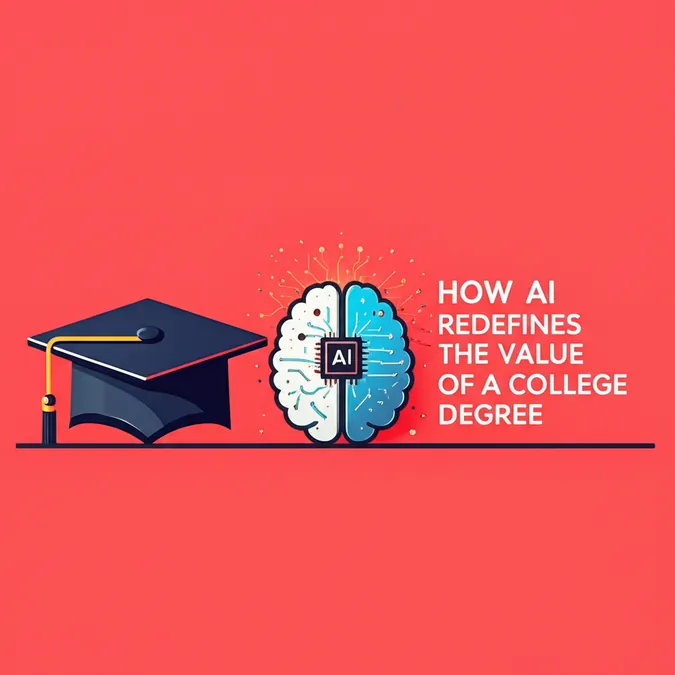Developer Offer
Try ImaginePro API with 50 Free Credits
Build and ship AI-powered visuals with Midjourney, Flux, and more — free credits refresh every month.
AI CoPilot ChatGPTs Surprising Spaceflight Simulation Success
 No large language model has been let loose with a real spacecraft yet, of course. Image credit: BEST-BACKGROUNDS/Shutterstock.com
No large language model has been let loose with a real spacecraft yet, of course. Image credit: BEST-BACKGROUNDS/Shutterstock.com
OpenAI's famous large language model (LLM), ChatGPT, has demonstrated a surprising new skill: piloting spacecraft. A research team trained the AI to compete in a simulated spaceflight competition, where it managed to secure an impressive second-place finish.
From Gaming Phenomenon to AI Proving Ground
The foundation for this experiment is the surprise 2015 hit video game, Kerbal Space Program. In this space flight simulator, players manage an alien space agency, tasked with designing, building, and launching spacecraft to explore their solar system.
The game is widely praised for its pseudorealistic orbital physics. While not a perfect one-to-one replica of reality, it's accurate enough for players to execute complex orbital maneuvers, such as the Hohmann transfer orbit. This maneuver is considered the most energy-efficient path for a spacecraft to travel between two orbits, for instance, from Earth to Mars. As NASA explains, the Hohmann transfer is a fundamental concept used in real-world missions. The game's educational value is so significant that some have even proposed using it to teach math and physics.
The team behind the study noted that while the simulation is simplified, its accurate orbital mechanics have earned it praise and even a partnership with NASA, elevating it far beyond a simple game.
The KSPDG Challenge Pitting AI Against the Cosmos
Building on this robust platform, researchers established the Kerbal Space Program Differential Games (KSPDG) challenge. This competition invites teams to develop autonomous artificial intelligence agents to control spacecraft within the game.
According to the 2025 competition organizers, participants are challenged to create agents for maneuvering satellites in complex scenarios, like pursuing an evasive satellite or performing multi-satellite proximity operations. The challenge encourages a wide range of technologies, from reinforcement learning to game theory.
Training an AI Pilot with Language Not Code
For this competition, one team decided to sidestep traditional methods and see how a large language model would perform. Historically, spacecraft Guidance, Navigation, and Control (GNC) systems rely on classical control methods that require precise dynamic modeling. More recently, AI techniques like Reinforcement Learning (RL) have shown promise by allowing agents to learn and adapt through direct interaction with their environment.
However, the team found the KSPDG environment wasn't ideal for RL. Instead, they pioneered a system to translate the game's telemetry data into natural language for an LLM to process. The AI would then make a decision and relay it back in text, which was then translated into actionable commands within the game.
Overcoming AI's Mathematical Hurdles
A well-known limitation of current LLMs is their questionable skill with complex arithmetic. The team acknowledged that basic prompting was insufficient to handle the large numbers involved in orbital mechanics.
To solve this, they used a technique called "prompt augmentation." This involved enhancing the information given to the AI by pre-calculating key data, like the prograde vector, which helped the model understand the mission objectives and make more effective decisions.
A Podium Finish and Future Trajectories
The novel approach paid off. The ChatGPT-piloted craft placed second in the competition, losing only to a team that used a more conventional differential equation-based strategy. The researchers were highly pleased with the results.
In their paper, published in Advances in Space Research, they conclude that while their findings suggest RL isn't the best fit for this specific scenario, future work could explore integrating LLMs with RL to enhance overall performance. They do note, however, that the current simulation environment is not well-suited for the on-policy learning methods that RL often requires.
Compare Plans & Pricing
Find the plan that matches your workload and unlock full access to ImaginePro.
| Plan | Price | Highlights |
|---|---|---|
| Standard | $8 / month |
|
| Premium | $20 / month |
|
Need custom terms? Talk to us to tailor credits, rate limits, or deployment options.
View All Pricing Details

